Nobody wants to deal with an overheated engine, but when it happens, you must react quickly. One sure sign is when your temperature gauge is reading hot. The first thing you do is pull over and shut the vehicle off. This does not mean in five minutes it means NOW! While some engine damage may have already occurred, hopefully shutting the vehicle off as soon as you notice a problem can minimize it. You now have two courses of action: call a tow truck, or try to find the problem to see if you can repair it on the spot.
Checking the System on the Road
Carefully open the hood, making sure not to get a face full of steam, to help the radiator and engine cool. Never remove a radiator cap until the engine is cool. This could take an hour or more. The cooling system is under pressure and severe burns will result from antifreeze and steam if you open the cap while the system is still hot and under pressure. As the engine and radiator cool, the pressure will subside and you will be able to safely open the radiator cap.
While the system is under pressure, look for leaks. Check under the vehicle to see if you can see anything leaking; it could be a hose or the water pump that is leaking. Check the heater hoses and the radiator hoses. If you can see the freeze plugs, check the freeze plugs. Most vehicles have a freeze plug between the engine and transmission — look under the vehicle where the bell housing meets the engine to see if you can see a water leak. If you have a blown head gasket, you will not see a leak, but the engine will overheat. You may see white steam from the exhaust in some cases.
Most overheating issues cannot be repaired on the road. However, if the problem is with a heater hose or a radiator hose and the hole is very close to a connecting point, with the proper tools you may be able to cut the hose to eliminate the hole and reattach the hose.
When the engine and radiator are cool, open the radiator cap. If you are able to repair the leak, fill the radiator with a properly mixed coolant/antifreeze and immediately take the car to a repair facility or home to complete any necessary repairs and to flush and refill the system. If you cannot repair the leak, have the vehicle towed. Do not attempt to drive it, as you will only cause more damage.
Minimizing the Chance of Overheating
You can minimize the chance of your vehicle overheating by checking the cooling system components regularly and replacing them before they fail.
- Have the system pressure tested.
- A drop in pressure indicates a leak. Find it and fix it.
- If the heater, radiator, or bypass hoses look dry rotted or feel mushy, replace them.
Check the freeze plugs – those that you can see. If they are coolant stained or leaking it is time to replace them. - Check the fluid in the radiator every oil change and/or every three to five thousand miles.
- Make sure you have the proper type of antifreeze and the proper ratio of antifreeze to distilled water in the radiator.
- Flush the cooling system as recommended by the manufacturer.
- Check the water pump. Look for seeping water from the mating surface and the weep hole.
- Check the belts. If the belt that drives the water pump fails, the pump will not turn and the engine will overheat. If the belts look dry-rotted, have a crack in them, or are glazed over, replace them.
- Check the fans and components – whether they are electric, manual, or a combination, make sure the fans and if applicable, the fan clutch, are all working properly.
If in doubt consult your owner’s manual for scheduled system service intervals.
There are some things that cannot be prevented, such as a rock or other debris punching a hole in the radiator, a heater core that has gone bad, or a sensor/computer problem that does not turn on the fans. Regular vehicle inspections and maintenance can help you avoid the most common causes of engine overheating.
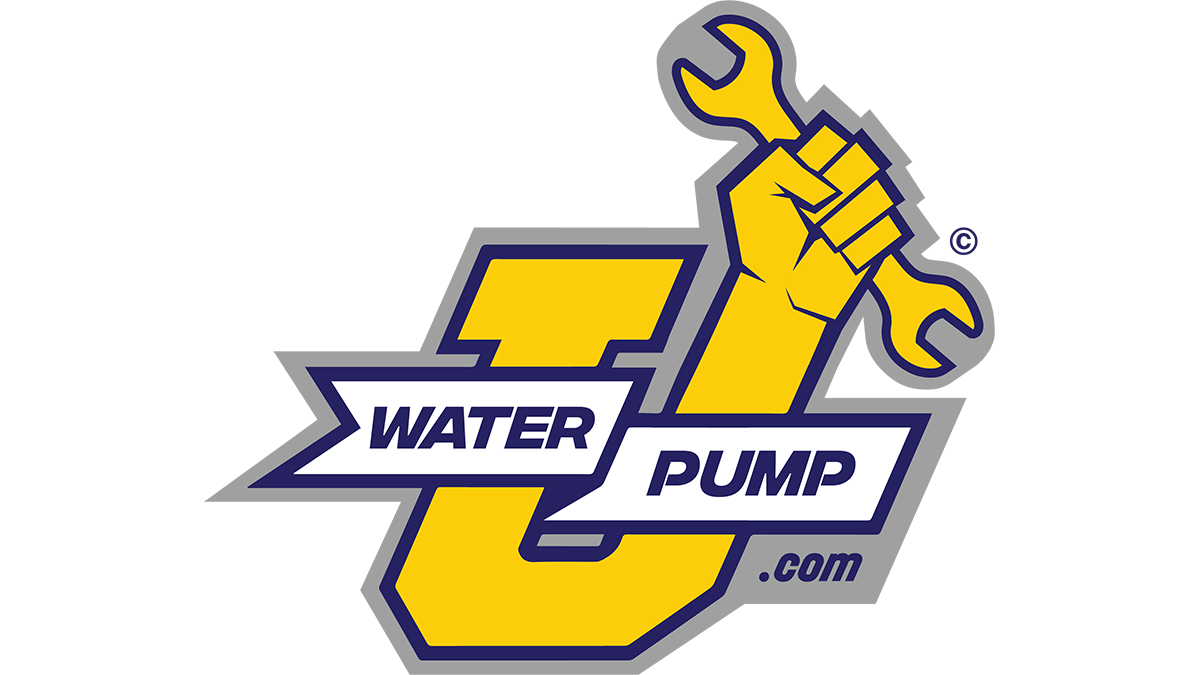
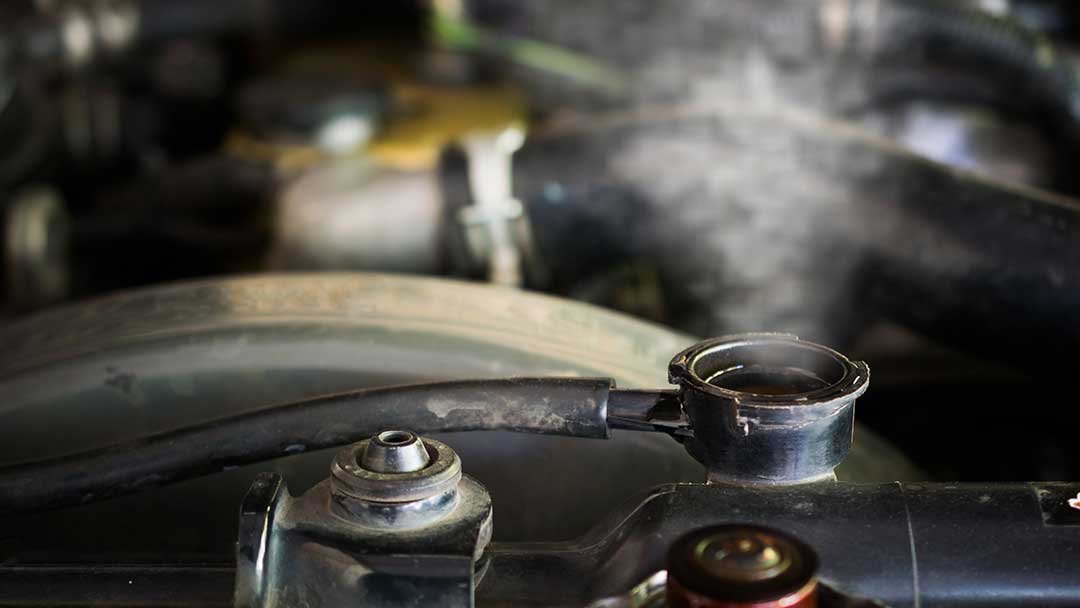
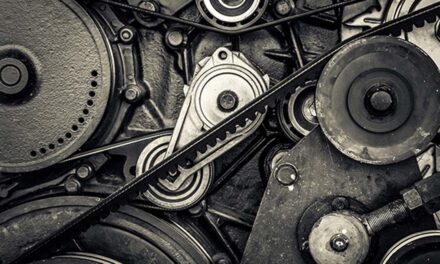
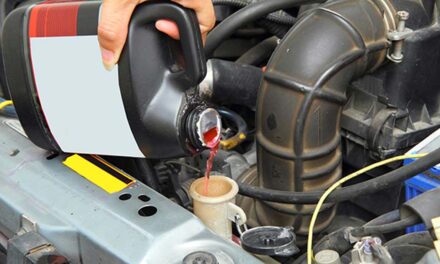
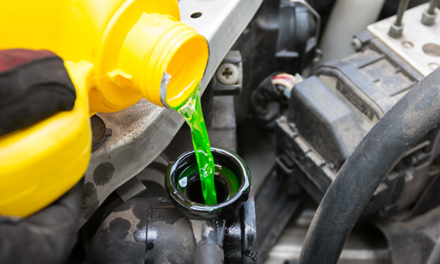
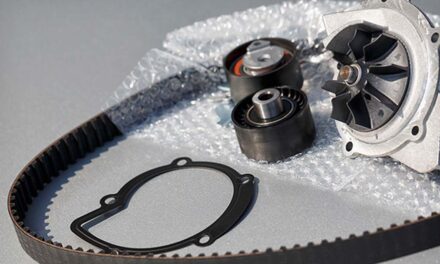
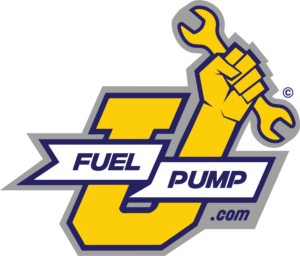


![[Vehicle Fitment-1]:Compatible with Chevrolet Avalanche 1500 2002-2006, Express 1500 2003-2006, Express 2500 2003-2006, Express 3500 2003-2006, Silverado 1500 1999-2006, Silverado 2500 1999-2004, Silverado 2500 HD 2001-2006, Silverado 3500 2001-2006,...](https://m.media-amazon.com/images/I/51trZsbFCCL._SL100_.jpg)